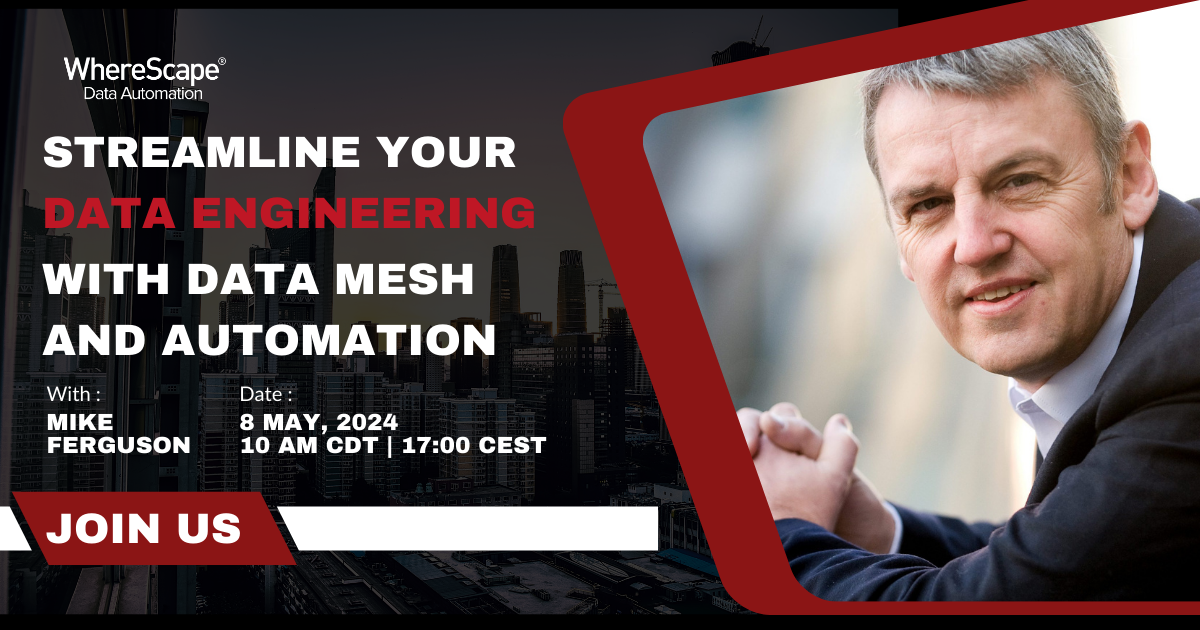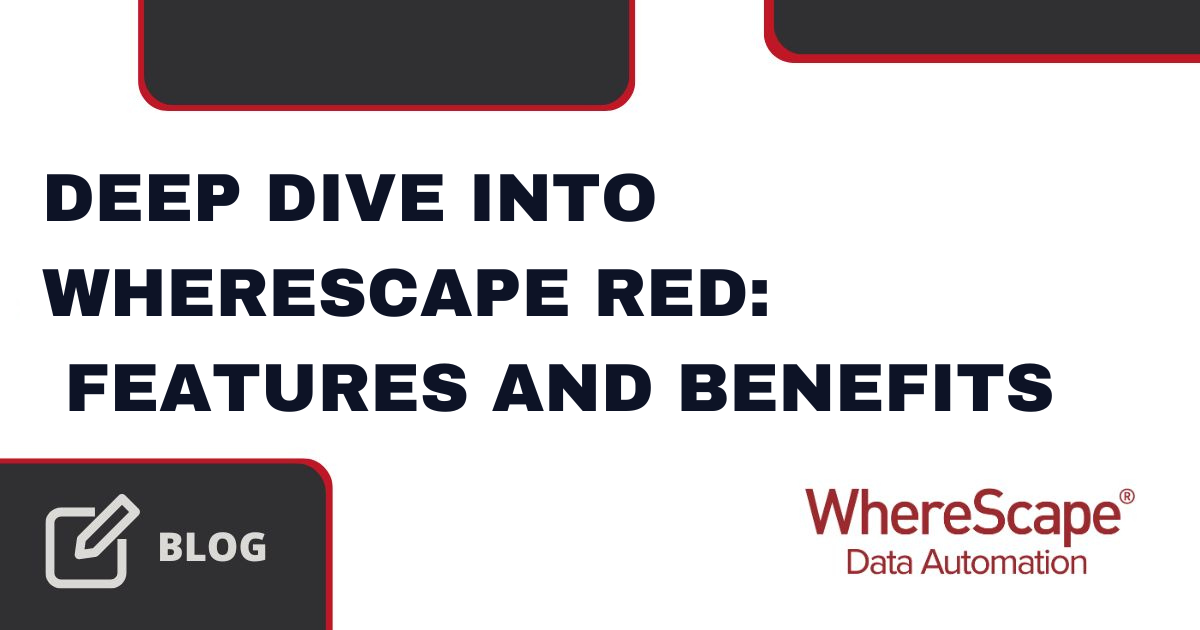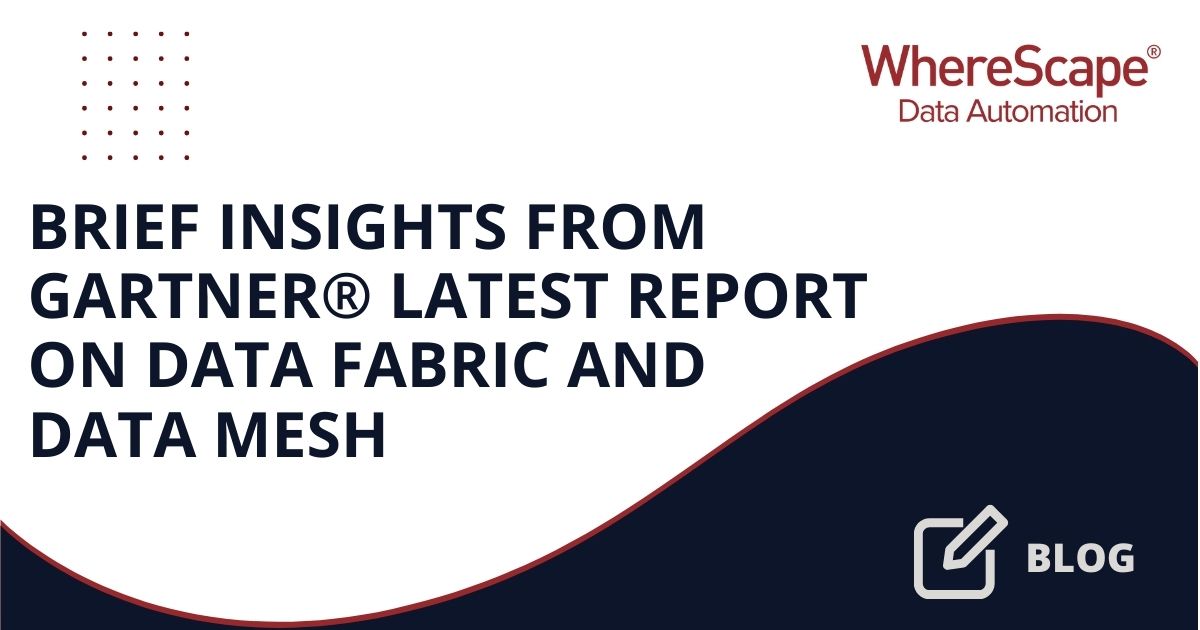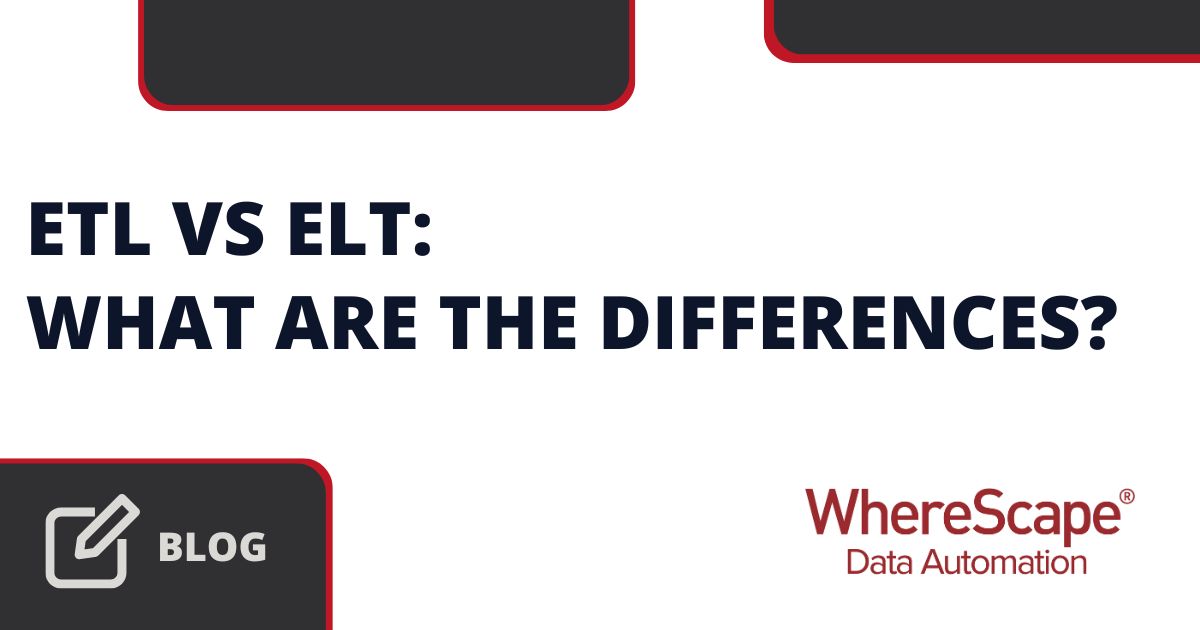In the landscape of data analytics, there’s a...
Navigating Data Governance with WhereScape 3D
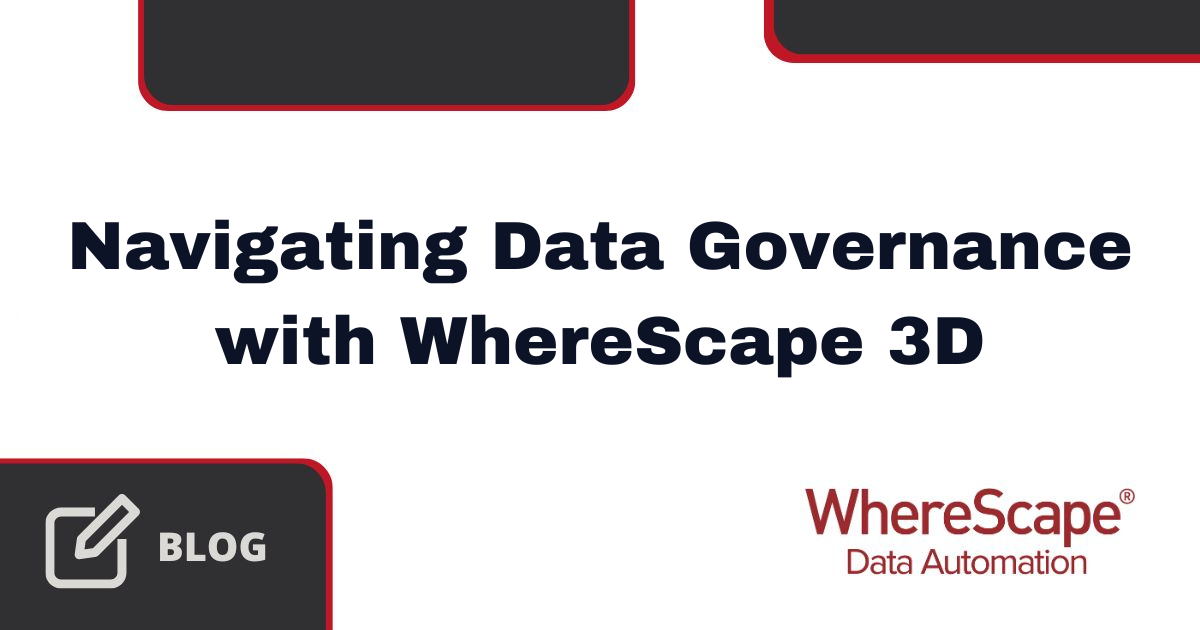
Properly managing and organizing data allows businesses to not only understand crucial patterns and trends, but also to leverage that data in strategic ways that grow revenue over time. Data drives decision-making and paves the way for innovation when used properly. Understanding and implementing effective data governance that can drive businesses is critical for smooth business operations and efficient processes. Tools like WhereScape 3D make data governance manageable and accessible for organizations of all types and sizes.
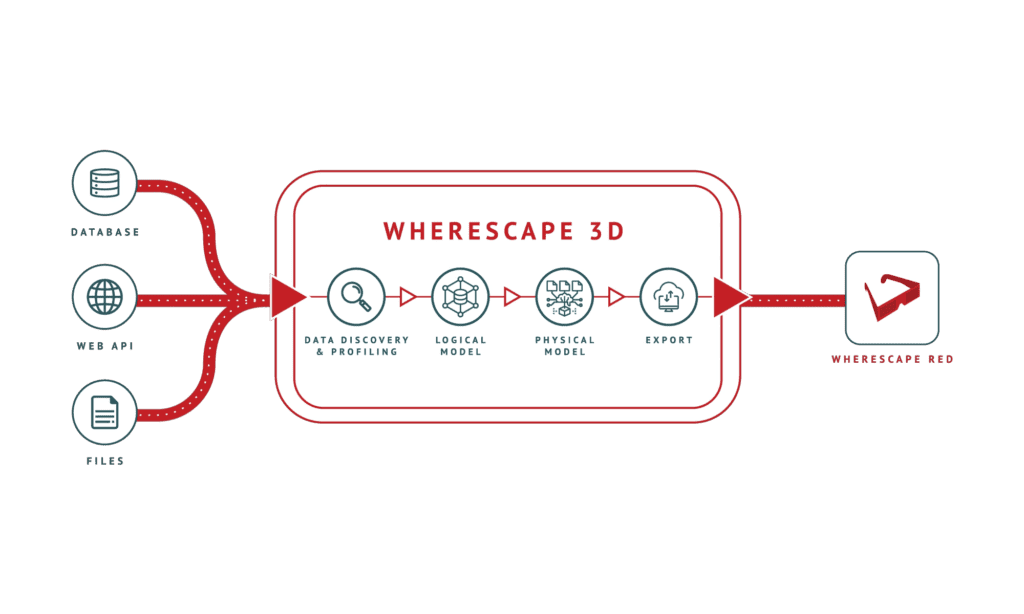
Understanding the Fundamentals of Data Governance
Learn the core aspects of data governance to process data with confidence and consistency.
What Is Data Governance and Why Is It Critical?
The term data governance refers to an array of practices and processes organizations use to ensure reliable and organized management of data assets. Proper data governance gives organizations repeatable processes and systems that streamline the following:
- How data is acquired
- How data is managed
- How data is maintained
- How data is used across an organization
With effective data governance, organizations keep data assets accurate and secure while making them available across departments as needed. Data governance also helps ensure data compliance, reduce data management costs, and improve strategic decision-making throughout the organization. Through data governance, organizations can better measure the success of their initiatives, securely store staff and customer data, understand patterns in sales data, and much more.
The Pillars of Effective Data Governance
Implementing effective data governance requires the optimization of several key pillars. The main pillars of effective data governance are as follows:
- Discovery: This pillar involves gaining an understanding of all of the different data assets an organization has on-premises, in the cloud, and in SaaS applications.
- Classification: Data governance also involves assigning data to different categories. These categories can include customer data, product data, sales data, and financial data.
- Policy: Organizations must decide what data types to keep, how to store them, and what to do with different data types or categories.
- Rules: In data governance, rules help enforce policies. As an example, organizations that store personally identifiable data about customers or staff must properly mask that data to ensure security and compliance.
- Metadata: Logging metadata is the process of repackaging and labeling useful data. This process tells users about the data itself so they can easily find and use it.
Ensuring Data Quality Management Through Automation
Tools for automated data governance such as WhereScape 3D contribute to maintaining high data quality standards. These tools not only increase efficiency by automating repetitive tasks, they also reduce errors and ensure that data quality management and classification remain consistent, accurate, and trustworthy.
Navigating Data Governance and Compliance with Confidence
Various pillars of data governance intersect directly with regulatory compliance around handling data. These regulations cannot be taken lightly, as breaching them can have long-term negative impacts on your organization and your customers. Instead of handling compliance manually where human error is likely to occur occasionally, organizations can opt for automated data governance tools that automate compliance tasks like data tracking, documentation, and masking.
Revolutionizing Data Governance with Automated Solutions
Automated data governance solutions like WhereScape 3D represent a revolution in data governance, uncovering a whole new world of efficiency, accuracy, accessibility, and organization.
How WhereScape 3D Automates Data Governance Processes
WhereScape 3D facilitates automated data governance by auto-generating and updating documentation in real-time as teams work. Maintaining accurate and comprehensive documentation is a crucial aspect of data governance that can require countless hours of skilled employee time without the use of tools like these. Ensure high-quality data governance and compliance with the efficiency and accuracy of WhereScape 3D.
Achieving Comprehensive Data Governance and Compliance
Preparing for audits and ensuring ongoing compliance protocols are continuously met can require extensive labor hours from data teams. Automated data governance solutions like WhereScape 3D help alleviate this burden while improving accuracy.
Automating Compliance Reporting and Auditing with WhereScape 3D
Save time and resources, even when preparing for audits and ensuring compliance. WhereSpace 3D generates detailed reports and documentation with a single click. By leveraging metadata, data lineage tracking, and warehouse structure, WhereSpace creates in-depth reports and necessary documents to ensure data governance and compliance goals are met.
Enhancing Data Security Management with WhereScape 3D

One of the most important aspects of data governance is data security. Ensuring that the right departments have access to precisely the right data – no more, and no less – helps protect the integrity of data throughout the organization.
Safeguarding Your Data Assets in the Automation Age
WhereScape 3D empowers data teams to efficiently manage access control, data and compliance audits, and other security measures within the data governance framework, without additional resource or time investments. Automated data security management means you can safeguard data assets in an increasingly uncertain digital age.
The Future of Data Governance: Automation and Beyond
Keeping up with the latest developments in data governance tools and technology can help organizations optimize efficiency and reduce errors in data quality management.
The Evolving Landscape of Automated Data Governance
Automated data governance technology is changing and evolving quickly. Increasingly, organizations are coming to appreciate data as a strategic asset and implement processes that recognize and leverage this fact. At the same time, regulatory requirements are increasing constantly to protect data privacy.
These key factors are paving the way for various trends in the future of data governance:
- Increased reliance on automation, AI, blockchain, and machine learning technologies
- More awareness and greater regulations on data privacy and security
- Renewed focus on data quality management as more teams rely on data for large decisions
- Growing suite of regulatory technology (RegTech)
As the scale and complexity of data governance continue to grow, the reliance on automation technology like WhereScape will as well.
Implementing Automated Data Governance with WhereScape 3D
WhereScape 3D is the best tool for data governance automation. Get started with a demo today!
Steps to Leverage WhereScape 3D for Your Data Governance Needs
Booking a demo with the WhereScape team is the best way to begin leveraging the WhereScape suite of tools for your data governance needs. Every organization is different, and WhereScape is here to help meet you where you are to automate your data governance process. With WhereScape, you’ll follow streamlined guidance for planning, deployment, and ongoing management of your data governance tasks and processes.
Case Studies: Success Stories of Automated Data Governance
WhereScape 3D has helped transform several organizations through automated data governance.
Real-World Examples of Transformative Data Governance with WhereScape 3D

Among the many organizations that have benefited from WhereScape solutions is Toyota Financial Services. They were struggling to integrate data from various sources, all in different formats. With WhereScape 3D, data teams were finally able to handle diverse data sets with ease. The introduction of automated ETL technology allowed for an 11X increase in developer productivity.
View even more case studies to learn about business transformations with WhereScape.
Embracing automated data governance solutions like WhereScape 3D paves the way for organizations to improve data security management, stay compliant, reduce errors, and fully leverage data assets. Adding efficiency and accuracy in these areas means more strategic business and better use of resources across departments. Request your demo today.
Deep Dive into WhereScape RED: Features and Benefits
Transforming a business’s various databases and files into actionable insights and reports is crucial, but incredibly time-consuming with traditional tools. Fortunately, with data warehouse automation tools like WhereScape RED, organizations can take advantage of a...
Brief Insights from Gartner® Latest Report on Data Fabric and Data Mesh
In the rapidly evolving world of data management, distinguishing between the myriad of strategies and technologies can be daunting. The latest Gartner® report, "How Are Organizations Overcoming Issues to Start Their Data Fabric or Mesh?" provides critical insights...
ETL vs ELT: What are the Differences?
In data management, the debate between ETL and ELT strategies is at the forefront for organizations aiming to refine their approach to handling vast amounts of data. Each method, ETL vs ELT, offers a unique pathway for transferring raw data into a warehouse, where it...
Embracing the Future of Data Management Recap: Insights from Mike Ferguson
In our recent webinar, "Embrace the Future of Data Management with Automated Cloud Data Warehousing," we had the privilege of diving into the transformative world of cloud data warehousing and highlighting the pivotal role of automation. Guided by our own Brad Kloth,...
How to Hire and Retain Data Warehouse Developers
The projected data warehouse developer job growth rate is 21% from 2018-2028, with about 284,100 new jobs for data warehouse developers projected over the next decade, according to Zippia. This surge in demand for data warehouse talent is being felt across businesses...
8 Reasons to Make the Switch to ELT Automation
Extraction, loading, and transformation (ELT) processes have been in existence for almost 30 years. It has been a programming skill set mandatory for those responsible for the creation of analytical environments and their maintenance because ELT automation works....
Empowering Data Excellence: WhereScape Joins Forces with Peloton Data Solutions
WhereScape is thrilled to announce an exciting new partnership with Peloton Data Solutions, a beacon of data warehouse expertise in New Zealand. This collaboration unites two leaders in data management and automation, poised to set new standards in data warehouse...
What is a Data Model?
A data model depicts a company's data organization, standardizing the relationships among data elements and their correspondence to real-world entities' properties. It facilitates the organization of data for business processes and information systems, offering tools...
Webinar Recap: Navigating the Future of Data Analytics
In an era where data is the new gold, understanding its trajectory is crucial for any forward-thinking organization. Our recent webinar, "Capitalizing on Data Analytic Predictions by Focusing on Cross-Functional Value of Automation and Modernization," hosted in...
Insights from BARC’s “Data Warehouse and Data Vault Adoption Trends”
The "Data Warehouse and Data Vault Adoption Trends" whitepaper, crafted by BARC Research & Eckerson Group, emerges as a crucial beacon for enterprises navigating the intricate realms of data management. This April 2023 publication serves not just as a report but...
Related Content
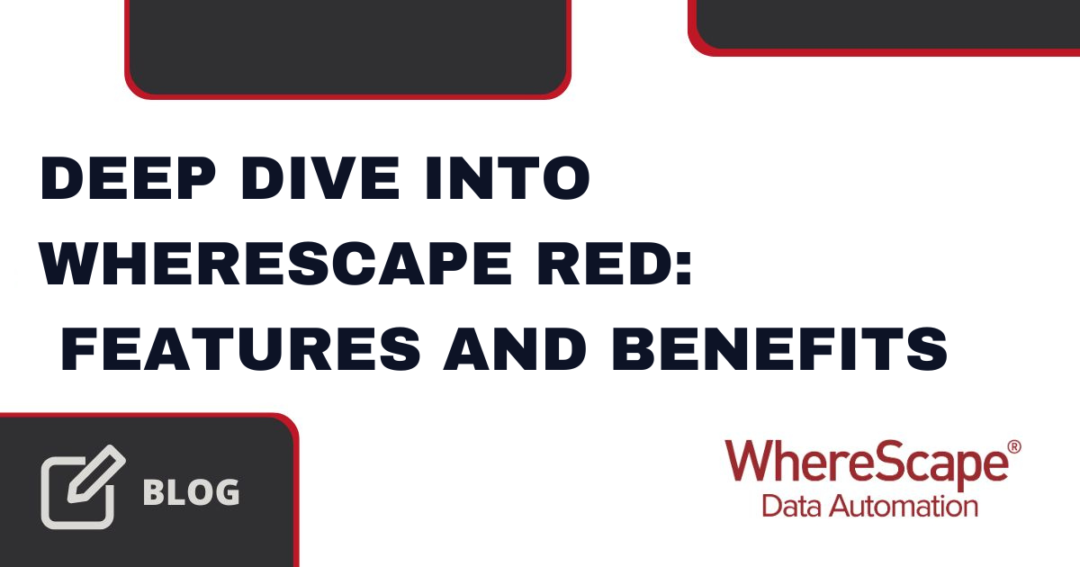
Deep Dive into WhereScape RED: Features and Benefits
Transforming a business’s various databases and files into actionable insights and reports is crucial, but incredibly time-consuming with traditional tools. Fortunately, with data warehouse automation tools like WhereScape RED, organizations can take advantage of a...
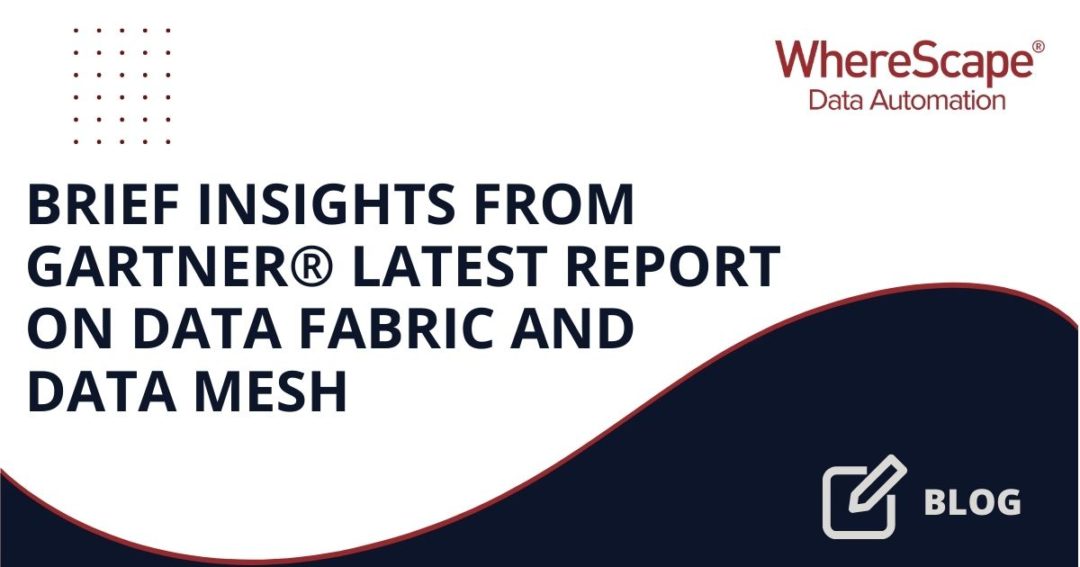
Brief Insights from Gartner® Latest Report on Data Fabric and Data Mesh
In the rapidly evolving world of data management, distinguishing between the myriad of strategies and technologies can be daunting. The latest Gartner® report, "How Are Organizations Overcoming Issues to Start Their Data Fabric or Mesh?" provides critical insights...
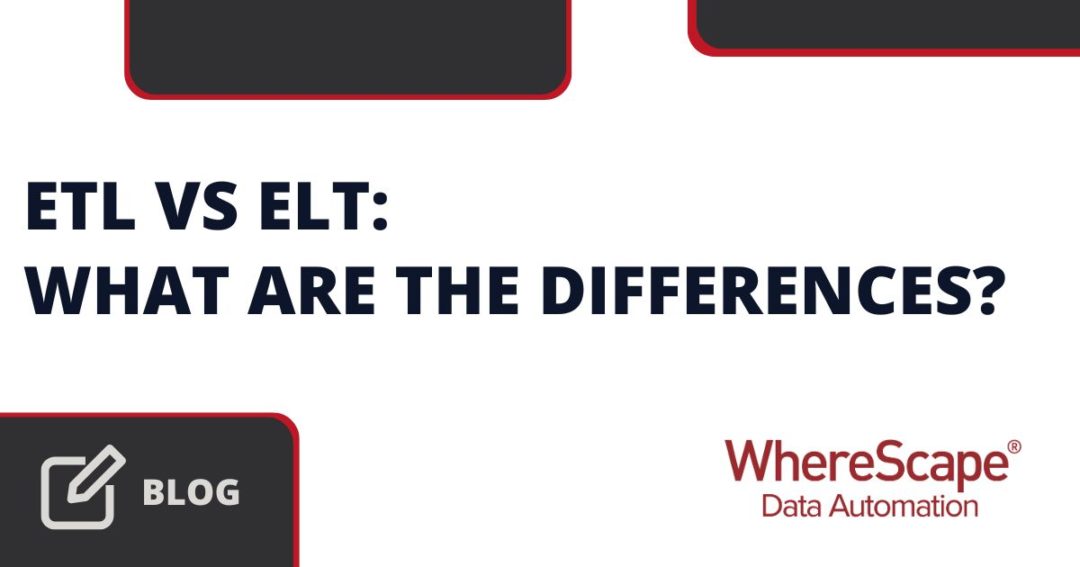
ETL vs ELT: What are the Differences?
In data management, the debate between ETL and ELT strategies is at the forefront for organizations aiming to refine their approach to handling vast amounts of data. Each method, ETL vs ELT, offers a unique pathway for transferring raw data into a warehouse, where it...
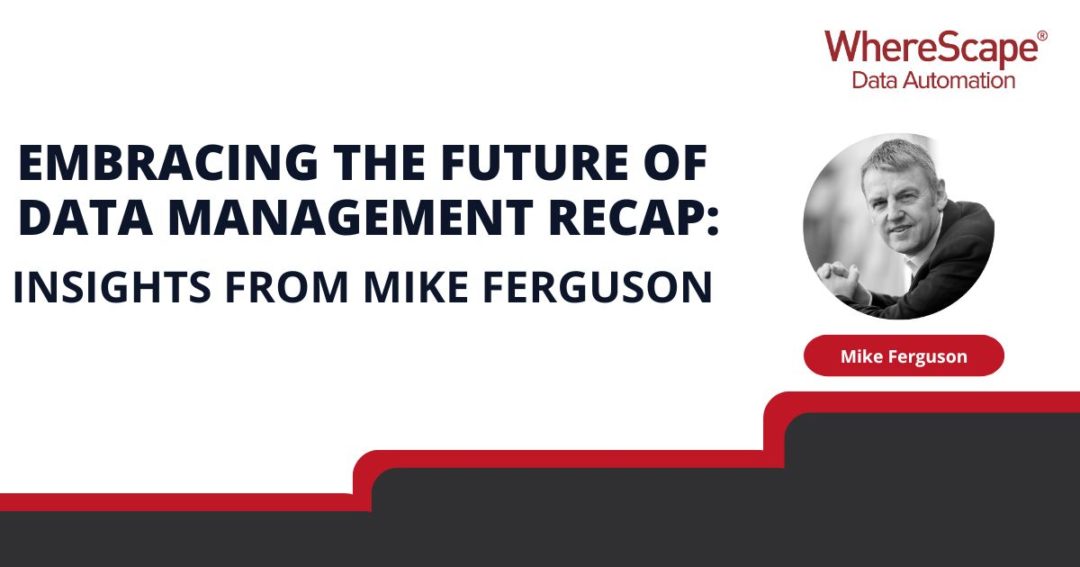
Embracing the Future of Data Management Recap: Insights from Mike Ferguson
In our recent webinar, "Embrace the Future of Data Management with Automated Cloud Data Warehousing," we had the privilege of diving into the transformative world of cloud data warehousing and highlighting the pivotal role of automation. Guided by our own Brad Kloth,...

